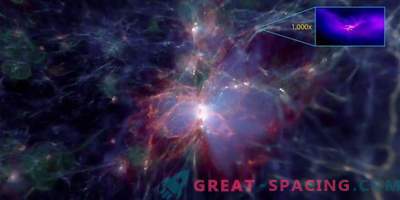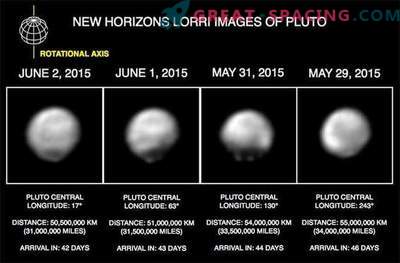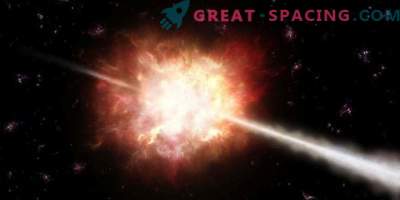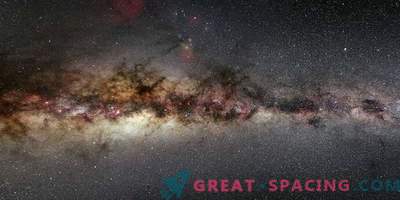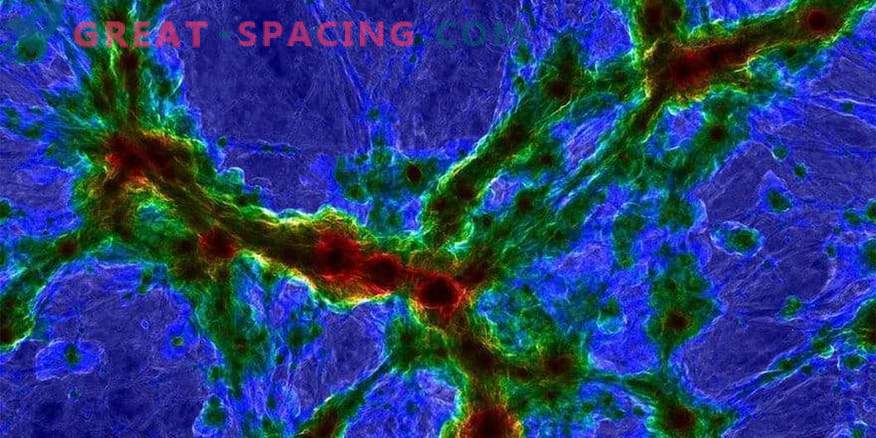
A combination combining the gas temperature (color) and the shock wave number (brightness). Red color indicates gas with 10 million K at the centers of massive galactic clusters, and bright structures reflect diffuse gas from the intergalactic medium.
Understanding the stars and their origins, you can learn more about where they came from. But the scale of the galaxy and the universe greatly increases the cost, complexity and complexity of such experiments. In fact, they cannot be conducted to study some aspects of astrophysics, so you have to rely on a supercomputer.
In an attempt to form a more complete picture of galactic formations, the team of scientists turned to the resources of a supercomputer in the High-Performance Computing Center Stuttgart - one of three world-class supercomputer objects.
Recently, they were able to expand their record 2015 simulation “Illustris” - the world's largest hydrological modeling of galaxy creation. This method allows you to accurately simulate the movement of gas. Stars are created from cosmic gas, and starlight provides important information for understanding the functioning of the universe. The researchers improved the scale and accuracy of the model, calling it “Illustris: The Next Generation”.
Magnetic Simulation
Man can not exactly imagine how the universe appeared, and the computer model is not able to literally recreate its birth. Instead, scientists create equations and other basic conditions (observations from different sources) and upload data to a large-scale computational cube. Further, they use different methods to launch the “Universe in a box”.
With increasing computing power and the emergence of new technologies, the model is able to cover large areas of space and include more and more complex phenomena. In the latter version, the team created three universal “slices” at different resolutions. The largest reaches 300 Mpc per second (1 billion light years).
In one of the main analyzes, scientists reworked the simulation to add more accurate consideration of magnetic fields. This is important, because the magnetic pressure exerted on the cosmic gas can be equated to temperature. If you ignore these moments, you can spoil the result.
Researchers have also taken an important step in understanding black hole physics. Based on the observations, they knew that the holes move cosmic high-energy gases and blow them out of galactic clusters. This helps to “turn off” the stellar birth in large galaxies and impose a limit on the maximum size. Having revised the physics of black holes, we managed to see a much better agreement between the data and observations.
Long-term union
The team uses the resources of the Gauss Center since 2015 and launches an imitation on the HLRS from March 2016. The new model is larger and larger than the original, so scientists are confident that their data will be widely used in various optimizations and studies.
Supercomputers have become an important step in research of this kind. After all, they allowed to overcome the most fundamental problems associated with large-scale cosmological modeling. However, there is still room for improvement. Expansion of memory resources and processing in the next generation systems will allow to model large volumes of the Universe with a higher resolution.



